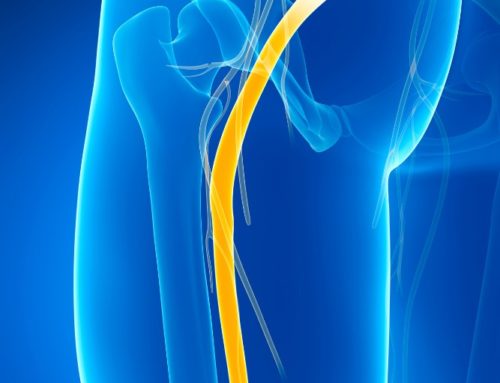When an artery becomes clogged, they require medical intervention to increase blood flow. In most cases, a stent is used to keep the artery open, though this procedure isn’t perfect. During heart stent recovery time, some restrictions require either temporary or permanent lifestyle changes.
One of the essential parts of stent recovery is cardiac care. Your medical team will help you manage your condition, including monitoring side effects and medication. Cardiac care also improves mental health as well as physical health.
For more information on heart stent recovery and restrictions, check out the following sections.

How Long Does It Take For A Heart Stent To Settle?
Stents are tiny mesh coils made of metal. After most angioplasty procedures, an expandable stent is inserted into the newly opened artery. Stents prevent the artery from narrowing or closing again to ensure proper blood flow.
After the stent insertion procedure, it takes up to two weeks for the stent to settle into place. As a foreign body in the artery, the settling stent can cause some discomfort. Some individuals experience short, sharp pains in their chest, similar to pinpricks. These should only last a few days, so if they persist or become more painful, speak to your doctor.
Can you live a normal life after a heart stent?
It is possible to live a normal life after a heart stent, though not immediately after the procedure. Surgery is involved to place the stent in the artery, which requires some recovery time. A few days after the procedure, you’ll be able to resume some light activities, though you will likely tire quickly.
After the first week, your doctor may permit more moderate activities, provided they don’t cause chest pain or breathing difficulties. Some light physical activities may also be recommended. Over time, more strenuous workouts and activities may be allowed if cleared by your medical team.
Of course, some lifestyle changes are required to prevent future plaque buildup in your arteries. Eating well, maintaining a healthy weight, and cutting out unhealthy habits are all included in these alterations. The measures required depend on your overall health and habits before the procedure.
What are the restrictions after having a stent put in?
Though a heart stent is designed to improve your health, there are some restrictions after the procedure.
- Activities – The initial recovery time requires limited strain on your body, including heavy lifting or strenuous activities. These include exercise, sports, or work-related strains. Even pushing too hard during a bowel movement should be avoided, so stool softeners are often required.
- Driving restrictions – You will likely be restricted from driving for the first week after surgery. Those whose jobs involve driving heavy vehicles may require further testing before returning to work.
- Eating Habits – Following an angioplasty involving stenting, dietary restrictions are required to prevent plaque buildup in the arteries. Saturated fats are the worst offenders, though sugar and salt are also on the food restriction list.
- Cigarettes and alcohol – Tobacco use and excessive drinking are bad habits, even for the healthiest individuals. Quitting smoking and reducing alcohol intake is especially important for those with heart conditions requiring a stent.
This content comprises informative and educational resources only and can not be considered as a substitute for professional health or medical guidance. Reliance on any information provided in this article is solely at your own risk. If you have any inquiries or apprehensions about your medical condition or health goals, talk with a licensed physician or healthcare provider.






Leave A Comment